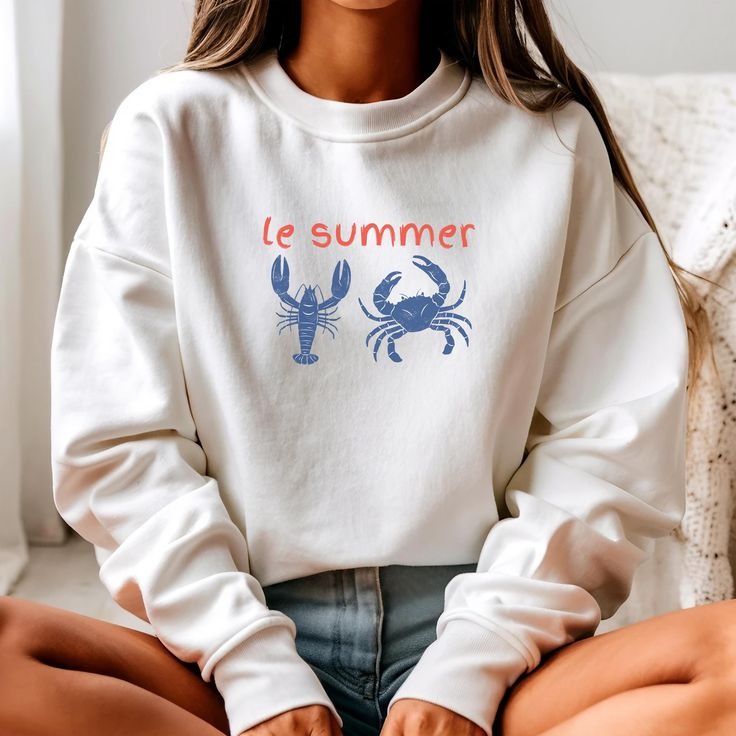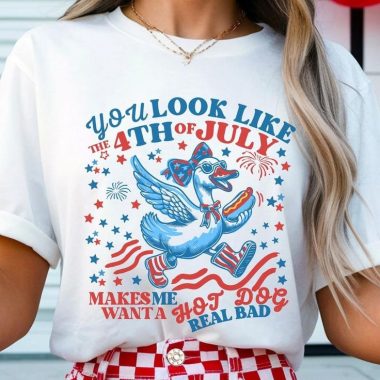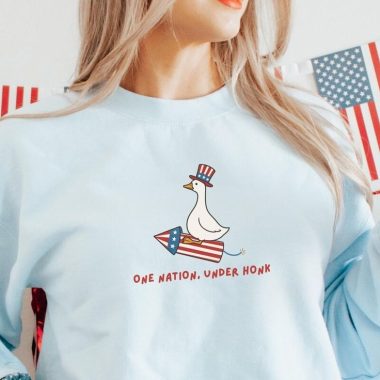In every era and across every culture, fashion has served as a mirror to society’s values, aspirations, and transformations. What we choose to wear reveals our personal narratives, our collective ideals, and the shifting tides of cultural priorities. Fashion is not merely the adornment of the body; it is a living, breathing art form that weaves together threads of history, identity, innovation, and ethics. From the sumptuous robes of ancient courts to the minimalist lines of contemporary streetwear, the journey of fashion reflects humanity’s endless desire for self‐expression and connection.
A Tapestry of History
From the earliest textiles woven by ancient civilizations to the tailor‐made garments of modern ateliers, clothing has always carried meaning beyond mere utility. Early fabrics were crafted from plants and animal fibers, dyed with natural pigments and embellished with intricate patterns that spoke to rituals, status, and community belonging. As trade routes opened and empires expanded, exotic silks, cottons, and spices traveled across continents, introducing new materials and techniques. In every region, artisans adapted these influences to local traditions, creating unique hybrids that spoke both of heritage and of innovation. Through the Renaissance, the sumptuousness of brocades and velvets signified power and prestige, while the elegant simplicity of classical drapery paid homage to ideals of harmony and proportion. As industrialization took hold, mass production transformed fashion into a global phenomenon. Factories churned out ready‐to‐wear garments that allowed people across classes to access styles that had once been the preserve of the elite. The democratization of fashion ushered in new debates about authenticity and craftsmanship, even as it enabled more individuals to engage with fashion as a daily form of creativity.
Clothing as Cultural Conversation
Fashion functions as a dynamic dialogue between the individual and the collective. Dress codes, whether formal or informal, carry coded messages about belonging and defiance. Traditional garments may preserve ancient lore and ancestral memory, while modern reinterpretations of those garments assert new identities and challenge stereotypes. Consider the resurgence of hand‐embroidered textiles from distant villages, now celebrated on metropolitan runways; this revival speaks to a yearning for authenticity in an increasingly digital world. Street style movements frequently emerge from communities that have long been marginalized, using clothing as an act of resistance. Through unexpected combinations—such as reimagining classic tailoring with unexpected fabrics—wearers rewrite the narratives imposed upon them by mainstream culture. Fashion thus becomes both a canvas and a megaphone, amplifying voices that might otherwise remain unheard.
The Language of Identity
At its core, fashion is profoundly personal. Every choice of silhouette, color, and accessory articulates an aspect of the self. Some individuals embrace bold, avant‐garde statements to declare independence and creativity; others gravitate toward timeless silhouettes that evoke elegance and restraint. The act of dressing is an intimate ritual, a daily performance in which we curate how we wish to be perceived and how we wish to feel. For some, clothing offers solace and empowerment, a means to fortify inner strength in the face of a demanding world. For others, it is pure joy—a playground of textures and forms through which to explore shifting moods. Identity expressed through fashion need not be singular; wardrobes become repositories of multiple selves, available to be called upon as circumstances change. This fluidity challenges rigid labels, inviting each wearer to claim authorship over their own image.
Ethics, Sustainability, and Responsibility
In recent years, the industry’s environmental and social impacts have come under intense scrutiny. The traditional model of constant seasonal turnover has strained ecosystems and exploited vulnerable labor. In response, a growing cohort of designers, brands, and consumers is championing sustainability as an imperative rather than an option. Innovations in biodegradable fabrics, low‐impact dyeing processes, and transparent supply chains have begun to reshape the industry landscape. Upcycling and clothing rental services reframe garments as enduring assets rather than disposable commodities. Conscious consumption underscores the belief that true style must not come at the expense of the planet or the well‐being of workers. This ethical awakening has spurred collaborative efforts across sectors, from independent ateliers working with artisan cooperatives to multinational houses investing in renewable energy for their production facilities. These initiatives affirm that beauty and responsibility are not mutually exclusive but rather complementary facets of a truly modern aesthetic.
The Digital Revolution and Democratization
The rise of social media and digital platforms has transformed how fashion is created, communicated, and consumed. Influencers and micro‐communities share looks in real time, blurring the lines between professional designers and everyday aficionados. Algorithms curate personalized feeds that expose individuals to a kaleidoscope of styles, fostering a global conversation that transcends geographic borders. Virtual fitting rooms and augmented‐reality mirrors grant shoppers the freedom to experiment without commitment, while digital marketplaces empower small‐scale designers to reach audiences once inaccessible. Technology also fuels rapid prototyping and on‐demand manufacturing, reducing waste and enabling hyper‐customization. In this interconnected landscape, creativity thrives on collaboration, as emerging talents engage with established icons to remix established conventions. The democratization of fashion disrupts traditional hierarchies, inviting fresh voices and broadening definitions of style.
Toward an Inclusive Tomorrow
As fashion continues to evolve, inclusivity emerges as a central theme. The industry has begun to recognize that beauty cannot be confined to a narrow set of ideals. Expanded size ranges, adaptive clothing for people with disabilities, and gender‐fluid collections challenge outdated norms and open doors to greater self‐acceptance. Runways once dominated by a singular silhouette now celebrate bodies of diverse shapes, ages, and abilities, reflecting a more honest portrait of society. Inclusion extends beyond representation; it demands systemic change in hiring practices, in brand messaging, and in the allocation of resources. When designers and executives of varied backgrounds shape fashion’s future, the resulting tapestry is richer and more resonant with the experiences of a global audience.
The Future Woven in Possibility
Peering ahead, fashion seems destined to grow ever more interdisciplinary. Biotechnological breakthroughs hint at garments that heal wounds or regulate temperature in dynamic ways. AI‐driven design tools may inspire forms and patterns unseen in the human imagination. At the same time, a renewed appreciation for handcraft signals that tradition will remain a vital counterpoint to innovation. Communities will continue to safeguard cultural heritage even as they adapt it for contemporary life. Sustainability will mature from a niche concern into an industry standard, supported by legislation, consumer advocacy, and evolving definitions of luxury that prize provenance and purpose. In such a future, fashion will not merely clothe but will actively shape our interactions with each other and with the world we inhabit.
Conclusion
Fashion endures as one of humanity’s most expressive languages, a seamless blend of art, commerce, identity, and conscience. Its power lies in its ability to reflect who we are and who we aspire to be, to connect individuals across time and place through shared symbols of style. As we navigate complex social, environmental, and technological currents, fashion offers both a lens for understanding change and a means of enacting it. Whether crafted by master artisans or generated through algorithms, every garment contributes to an ever‐unfolding narrative of creativity. In embracing fashion’s possibilities with open eyes and ethical intent, we honor its history even as we propel it into vibrant new horizons.



